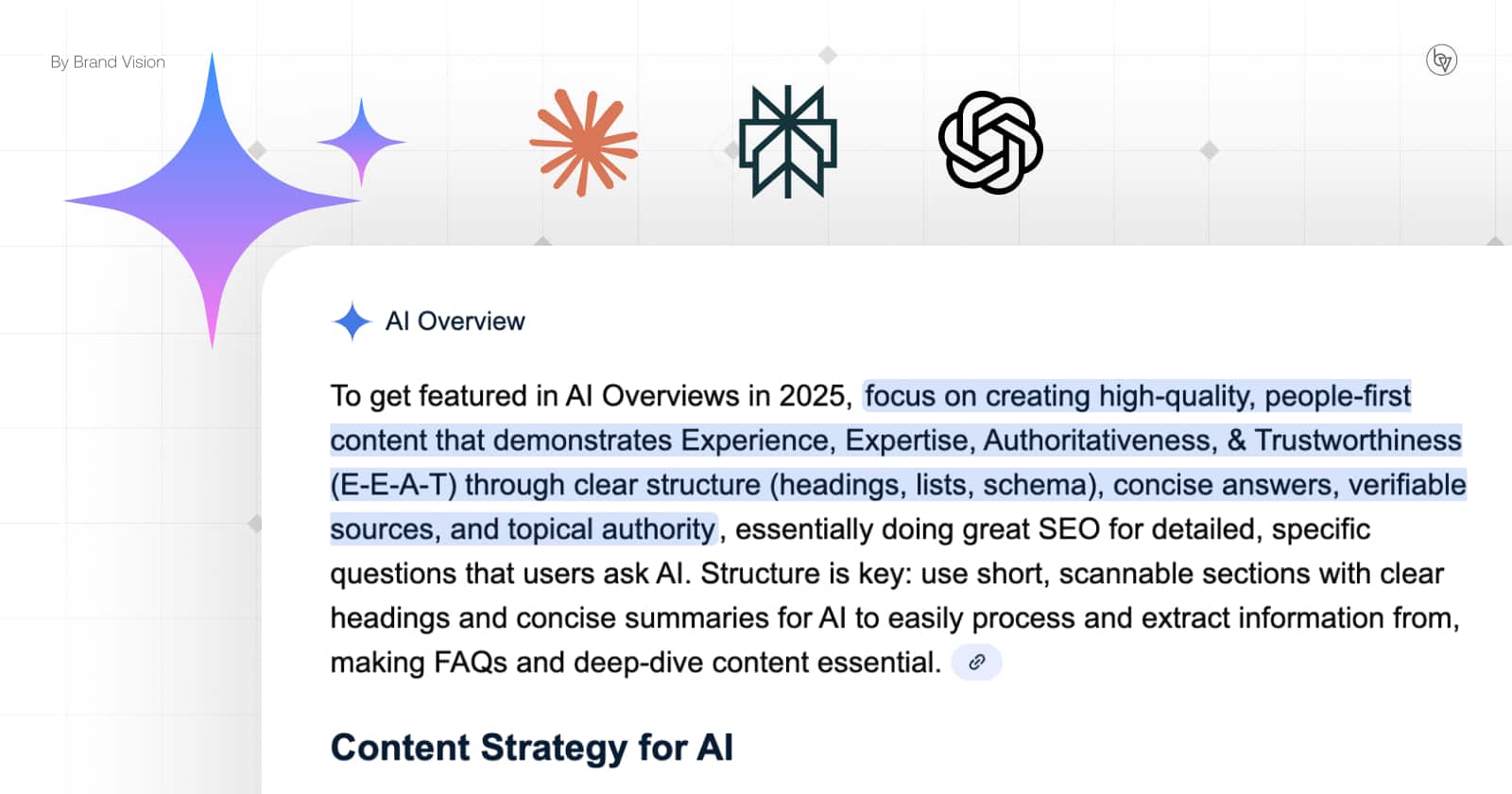How to Use Preventive Maintenance Scheduling Software
Updated on
Published on

Preventive maintenance is like filling gas in your car before it runs out. You know it should be done, but postponing this job until you find yourself stranded is easy. Then, you’re left to cope with something that could have been easily avoided with a quick stop. If you’ve ever experienced unplanned machine and equipment failure, you understand the frustration of that rush. Luckily, there’s an intelligent way to handle the mayhem. Let’s discuss it in this post.

What Is Preventive Maintenance Scheduling Software?
Preventive maintenance scheduling software is not a high-end tool for tech-savvy managers. It lets you stay organized with your regular maintenance tasks so that machines don’t unexpectedly fail. It’s like combining a digital calendar with a to-do list, but smarter. Consider it your back-end assistant who can alert you to problems before they become a tsunami of costly repairs.
The best part? It’s not necessary to commit anything to memory. The software sends time-based, usage-based, or condition-based alerts for changes or repairs. So, rather than playing a guessing game over when to change the filter or check a motor, you are given timely reminders. All by itself, this can save hours.
Steps to Using Preventive Maintenance Scheduling Software
How to use this software? This question may lead to worries among people who have been newly introduced to the system. So, here are the steps:
Step 1: Establishing Clear Maintenance Goals
The first step in establishing a preventative maintenance strategy is having clear goals for maintenance. Before you dive into the software, take a moment to consider what you are doing. Are you reducing breakdowns? Increasing asset lifespan? Making operations safer?
List three things that are most important to you. This makes the software work for you, not the other way around. Be realistic. Don’t go for zero downtime in a week if your machines haven’t been serviced in months. Begin with incremental gains.
Step 2: Add Your Equipment
You can’t schedule maintenance if you don’t know which equipment needs it. The first thing you will need to do is get a list of all your equipment. Provide specifics such as make, model, serial number, and the date you bought it. The more information you can input into the system early on, the easier it is to keep track of things later.
Do you have dozens or hundreds of assets? Many platforms allow for bulk imports from spreadsheets. That’s a life-saver.
Step 3: Create Routine Preventive Maintenance Tasks
Here’s where things start. Allocate maintenance jobs to each item of equipment. Be specific. “Inspect machine” is vague. “Check belt tension and clean filters” is straightforward. You can template similar machines to save time. Also, check how frequently tasks should be performed. Do you need it weekly, monthly, every 200 hours of use, or something else?
Don’t overcomplicate it. Keep it practical. It’s better to start small and grow than to go too big and become overwhelmed.
Step 4: Assign Technicians
So now that you have your jobs, who’s doing the work? Most platforms allow you to assign tasks to individuals or teams. You can even establish levels of priority or specify deadlines. That can reduce confusion and those painful “I thought you had it” moments.
Pro tip: Speak to your technicians and ask for input. After all, they’re the ones who work with the wrenches. Getting their buy-in early on makes a big difference.
Step 5: Leverage Notifications and Dashboards
You know what makes things go smoothly? Visibility. Configure alerts and notifications. These could be emails, text messages, or in-app nudges. That way, nobody forgets when a task is coming up.
Dashboards are helpful, too. They display what’s overdue, what’s due soon, and what’s been done. It’s a picture of your maintenance function. This way, you’ll see problems early.
Step 6: Monitor Progress, Evaluate Emerging Needs, and Improve
Maintenance isn’t static; things change. New equipment is installed, new staff is hired, and old parts wear out faster than you would like.
With most software tools, you can view and use reports. Review the task completion percentages, downtimes, and repetitive failures to understand the maintenance scenario better. Preventive maintenance scheduling software isn’t about perfection. It is about taking slow, pragmatic steps.

Don’t Let Tech Scare You Off
New software can be daunting. But you don’t need to learn to code or solve equations. The point is to structure the tasks you’re already doing (or should be doing) more intelligently. Give it a week. Explore the features. Watch a few tutorials. You will probably wonder why you didn’t do this earlier.
Final Thoughts
Preventive maintenance does less fixing and more looking ahead. With the right program, you don’t have to resort to guesswork, memory, or sticky notes. You have structure, clarity, and fewer breakdown calls. You might feel more relaxed than ever before!







